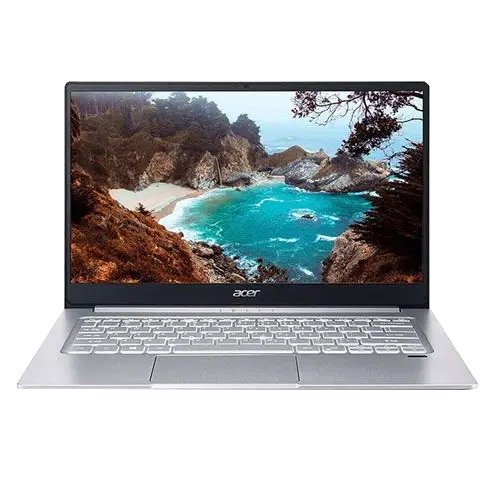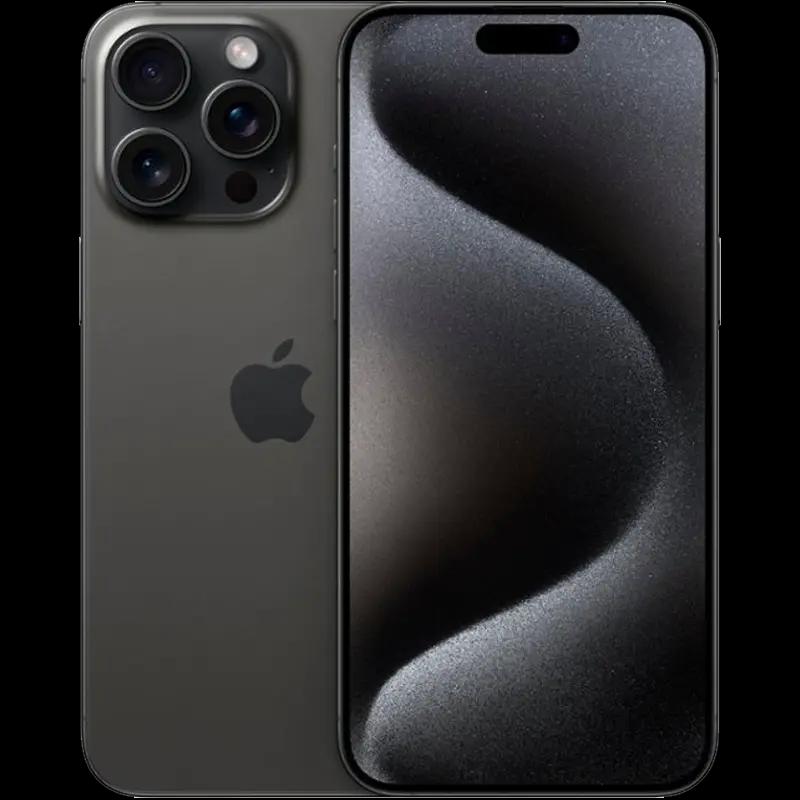
Nvidia’s GTX 1660 went from an ‘If’ to a ‘When’ right from the moment the GTX 1660Ti went official. This new card is based on Nvidia’s Turing architecture, which has now entered a new pricing category. The new card is priced at $219 for the base model, setting a new standard (kind of) in that segment. Essentially a cut-down version of the 1660Ti, which was a replacement for the GTX 1060 (6 GB), this one seemingly looks to replace the GTX 1060 (3 GB).
Nvidia GTX 1660 Specifications:
GPU Engine Specs
- Nvidia Cuda Cores: 1408
- Giga Ray/s: N/A
- Boost Clock: 1785 MHz
- Base Clock: 1530 MHz
Memory Specs
- Memory Speed: 4000
- Standard Memory Config: 6GB GDDR5
- Memory Interface Width: 192-bit
- Memory Bandwidth: 192 GB/sec
Technology Support
- Real-Time Ray Tracing: No
- GeForce Experience: Yes
- Ansel: Yes
- Highlights: Yes
- G-SYNC Compatible: Yes
- Game Ready Drivers: Yes
- Microsoft Direct X 12 API: Yes
- DisplayPort 1.4a, HDMI 2.0b: Yes
- HDCP 2.2: Yes
- Nvidia GPU Boost: Yes
- VR Ready: Yes
- Designed for USB Type C and virtual link: No
- Nvidia Encoder [NVENC]: Yes (Turing)
Display Support
- Maximum Digital Resolution: 7680×4320@120Hz
- Standard Display Connector: DP 1.4a, HDMI 2.0b, DL-DVI-D
- Multi-Monitor: Yes
- HDCP Yes
Graphics Card Dimensions
- Height: 4.37″
- Length: 5.7″
- Width: 2-slots
Thermal and Power Specs
- Maximum GPU Temperature: 95-degree Celcius
- Graphics Card Power: 120W
- Recommended System Power: 450W
- Supplementary Power Connector: 8-pin
So, the cheapest Turing based card yet, beats its predecessor, the GTX 1060 by around 15-30 percent. It does lack the RT feature, Tensor Cores and has to make do with GDDR5 memory. That’s 6 GB of GDDR5 memory, with a bandwidth of 192 GB/s. Other specs like its TDP, maximum power consumption, or recommended power system remains similar to its Ti version. Going by the benchmarks and performance results, we could call this a great product by Nvidia.
Read More: Nvidia GTX 1660Ti goes official
It doesn’t exactly edge out its counterparts completely (but is better than the RX590), but it is the best GPU you can buy for $219. Aimed at 1080p gaming, this GPU should be a perfect fit for current GTX 960 (68% faster) or the GTX 970 (113% faster) owners. Given similar TDP numbers, the upgrade should be seamless. Will this help Nvidia with the backlash it received with the value proposition of RTX cards? Yes, it most certainly will.
















![Best Ultrabooks To Buy in Nepal 2024 [Updated] Best Ultrabook Laptops in Nepal 2023 - June Update](https://cdn.gadgetbytenepal.com/wp-content/uploads/2023/04/Best-Ultrabook-Laptops-in-Nepal-2023-June-Update.jpg)
![Best Gaming Laptops in Nepal 2024 [Updated] Best Gaming Laptops in Nepal 2023 - June Update](https://cdn.gadgetbytenepal.com/wp-content/uploads/2023/04/Best-Gaming-Laptops-in-Nepal-2023-June-Update.jpg)


![Best Mobile Phones Under Rs. 15,000 in Nepal [Updated] Best Phones Under 15000 in Nepal 2024 Budget Smartphones Cheap Affordable](https://cdn.gadgetbytenepal.com/wp-content/uploads/2024/03/Best-Phones-Under-15000-in-Nepal-2024.jpg)
![Best Mobile Phones Under Rs. 20,000 in Nepal [Updated] Best Mobile Phones Under NPR 20000 in Nepal 2023 Updated Samsung Xiaomi Redmi POCO Realme Narzo Benco](https://cdn.gadgetbytenepal.com/wp-content/uploads/2024/01/Best-Phones-Under-20000-in-Nepal-2024.jpg)
![Best Mobile Phones Under Rs. 30,000 in Nepal [Updated]](https://cdn.gadgetbytenepal.com/wp-content/uploads/2023/12/Best-Phones-Under-30000-in-Nepal-2024.jpg)
![Best Mobile Phones Under Rs. 40,000 in Nepal [Updated] Best Phones Under 40000 in Nepal 2024 Smartphones Mobile Midrange](https://cdn.gadgetbytenepal.com/wp-content/uploads/2024/02/Best-Phones-Under-40000-in-Nepal-2024.jpg)
![Best Mobile Phones Under Rs. 50,000 in Nepal [Updated] Best Phones Under 50000 in Nepal 2024 Smartphones Midrange](https://cdn.gadgetbytenepal.com/wp-content/uploads/2024/02/Best-Phones-Under-50000-in-Nepal-2024.jpg)
![Best Flagship Smartphones To Buy In Nepal [Updated] Best Smartphones in Nepal 2024 Flagship Premium Samsung Apple iPhone Xiaomi OnePlus Honor](https://cdn.gadgetbytenepal.com/wp-content/uploads/2023/09/Best-Smartphones-in-Nepal-2024.jpg)